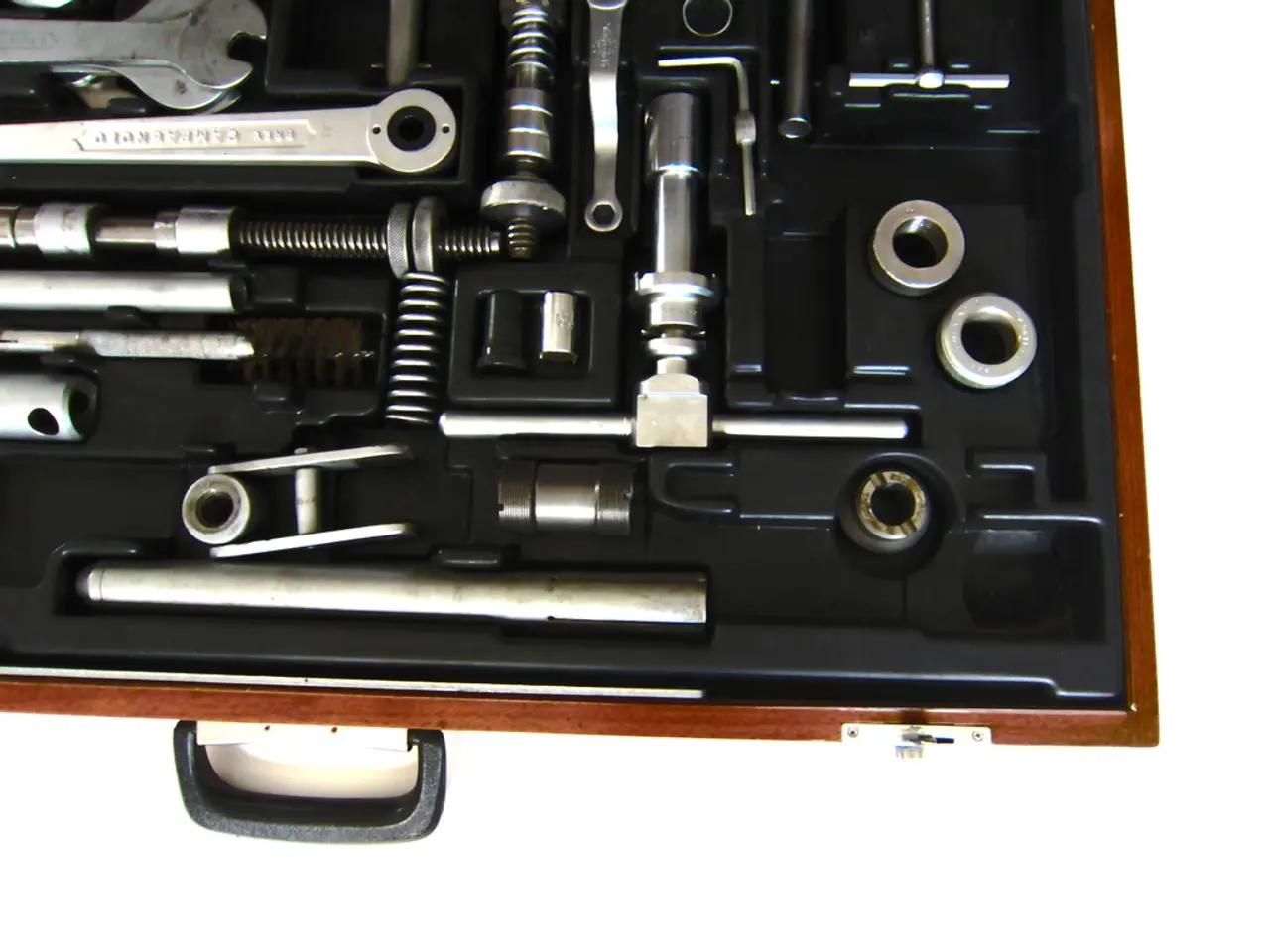The argument for adaptive production over flexible manufacturing: its necessity
Adaptive Production: Revolutionizing Manufacturing with Real-Time Intelligence
Adaptive production, a cutting-edge approach to manufacturing, is reshaping the industry with its emphasis on intelligence, responsiveness, and resilience. This innovative method leverages artificial intelligence (AI), predictive analytics, real-time process optimization, edge computing, and automation to dynamically adjust to disruptions and varying conditions across the entire manufacturing ecosystem.
Unlike flexible manufacturing, which primarily focuses on the ability to switch efficiently between different product types or production volumes, adaptive production responds to a broader spectrum of process conditions. This includes equipment status, environmental factors, supply chain inconsistencies, and product quality.
Key technologies that set adaptive production apart from flexible manufacturing include AI, predictive analytics, real-time process optimization, edge computing, advanced sensors, automation with continuous feedback loops, and advanced control techniques such as Model Reference Adaptive Control (MRAC).
MRAC uses sensors and microcontrollers or digital signal processors to adapt control parameters in real time according to a reference model of desired behavior. This enables the system to maintain performance amid uncertainties or variations in inputs and conditions.
Adaptive production systems are not designed to replace workers but to support them by tailoring systems to operators, engineers, and managers. Plug-and-play technologies are employed, reducing the need for specialized technical skills.
Examples of adaptive production systems include AI-driven systems that optimize resource allocation and machine behavior during operations. These systems continuously monitor performance, detect quality deviations, trace root causes, and adjust parameters in real-time to prevent future issues.
Siemens AG is one of the companies leading the way in adaptive production, using AI, edge computing, and real-time optimization to build adaptive production systems. These advancements enable real-time reactions to disruptions in demand, supply, or operations, and adaptive production systems continuously improve themselves over time.
In conclusion, adaptive production technologies extend beyond flexible manufacturing’s focus on product-type adaptability by integrating AI, edge computing, and advanced control systems to enable continuous, holistic, and autonomous response to a wide range of production variables. This makes adaptive production suitable for large-scale resilience and efficiency improvements across diverse manufacturing environments.
- In the manufacturing industry, edge computing plays a crucial role in adaptive production systems, enabling real-time analysis and decision-making at the network edge and facilitating predictive maintenance to proactively address potential equipment issues.
- The finance sector can also benefit from adaptive production's principles, as it applies AI, predictive analytics, and real-time optimization for optimizing investment strategies, risk management, and fraud detection, leading to more efficient and profitable operations.
- Technology advancements like adaptive production are not confined to manufacturing; they are transforming other industries, spurring innovations in predictive maintenance, real-time decision making, and overall process efficiency, leading to an unprecedented era of intelligent and responsive industrial applications.




